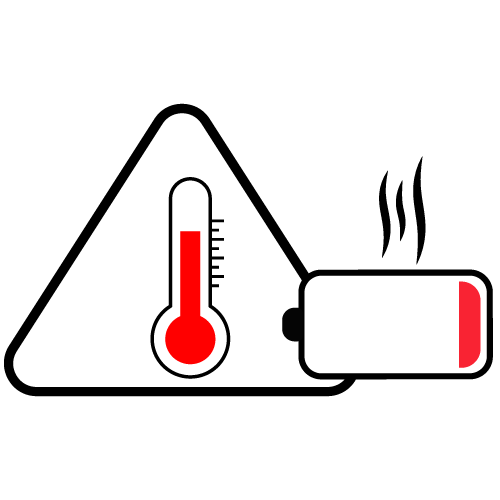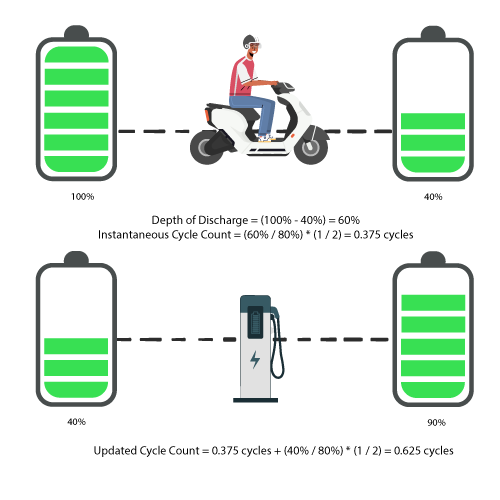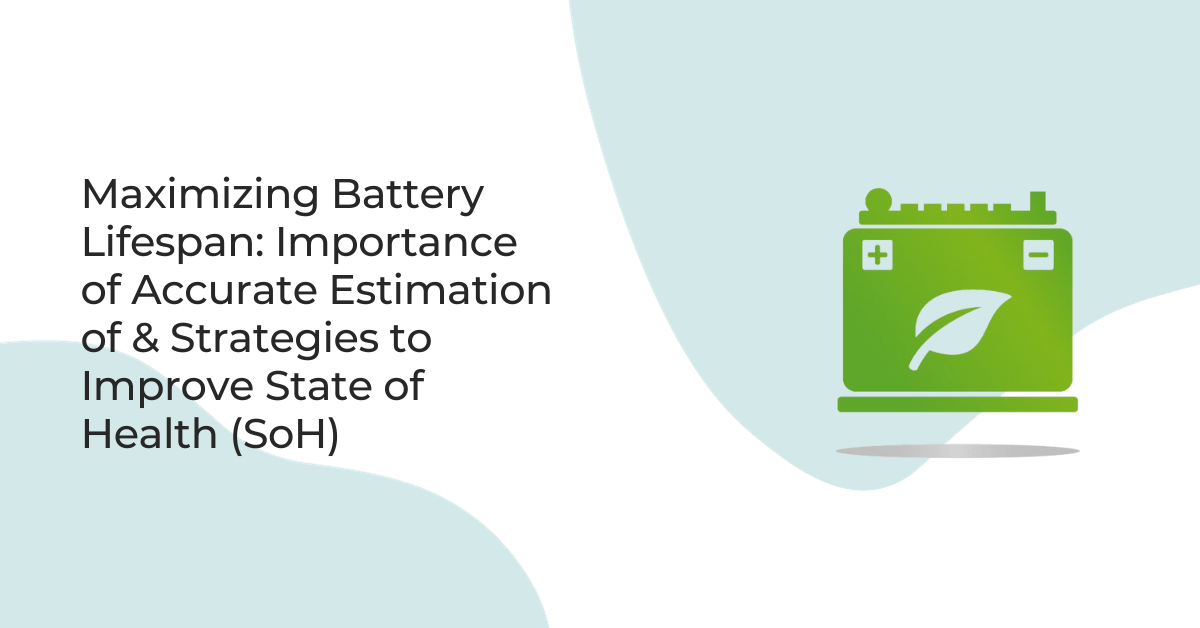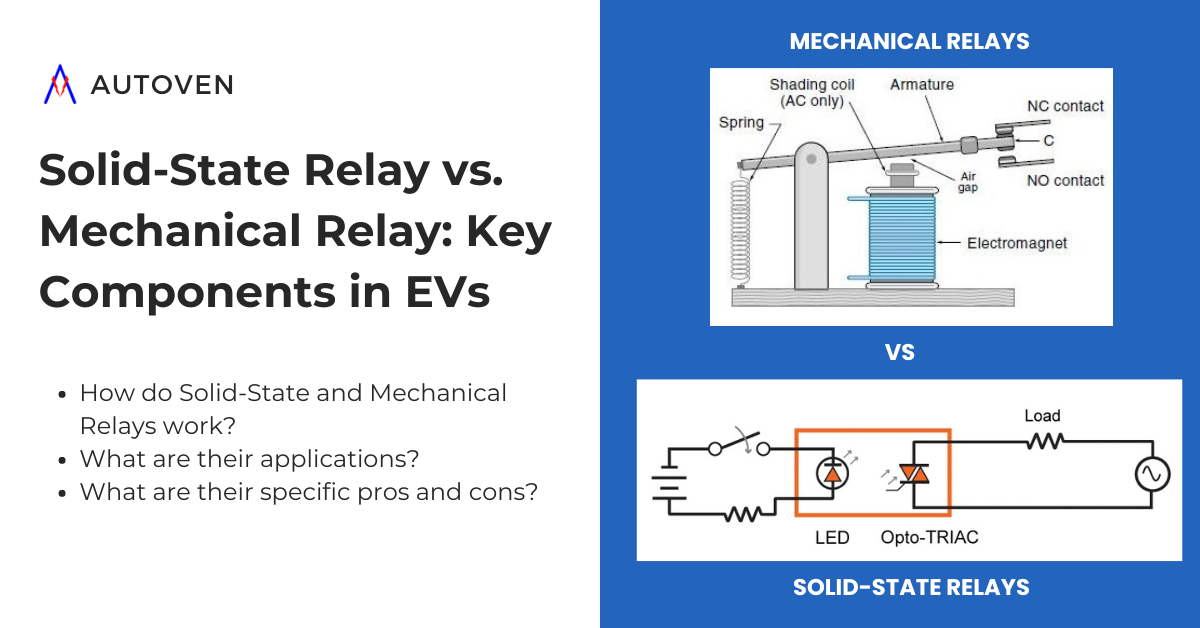Introduction:
In the last blog, we explored methods for accurate SoC estimations of the batteries. The Extended Kalman Filter (EKF) has emerged as a powerful algorithm for precise SoC estimation. It adapts to dynamic changes and ensures optimal battery performance.
In the penultimate installment of the BMS blog Series – ‘‘An Introduction to Battery Management Systems (BMS) and the Art of Accurate Estimations,” we will focus on the methods used to estimate SoH in more detail, uncovering innovative approaches and algorithms that can be utilized for state estimation. This information will help you enhance your understanding of battery management and to grasp the full life of your battery packs.
SoH Estimation
State of Health (SoH) estimation is critical to Li-ion battery management. It refers to the maximum charge the battery can hold at this specific instance compared to its original capacity.
It estimates the battery’s maximum available capacity. Over time, the battery can degrade due to factors like temperature, charging-discharging cycles and currents, and usage patterns. This degradation reduces the battery and its ability to hold a charge.
Accurate SoH estimation is foundational for effectively operating a vehicle’s battery management system. The battery management system (BMS) can provide valuable insights into the battery packs’ health with accurate SOH estimations. These insights will lead users and manufacturers to optimize charging and discharging processes. Preventing overcharging or deep discharging can extend the battery packs’ health. It enables optimal performance, helps monitor the battery’s lifespan, and enhances safety, contributing to electric vehicles’ overall efficiency and reliability.
Moreover, knowledge about the health of a battery pack is crucial for EV owners and OEMs to determine the battery’s remaining life and then plan for battery replacement/warranty, a significant cost associated with EV ownership. Accurate SoH estimation enables EV owners to plan for a battery’s replacement before the battery’s capacity becomes too low, avoiding range anxiety and potential safety hazards.
Let’s discuss measures to improve the SoH of Li-ion battery packs. We look at temperature management, optimal charging and discharging currents, and appropriate depth of discharge and recharge levels.
Factors to Consider for SoH Improvement
Temperature Management:
Temperature plays a critical role in the performance and lifespan of Li-ion battery packs. Operating the battery within a temperature range of 20-30°C is optimal for prolonging its health. Avoiding extremely high and low temperatures can prevent accelerated degradation of the battery’s internal components and chemical reactions that can reduce its capacity sooner than expected. It’s important to ensure the battery pack is not too hot when charging or discharging. Using temperature sensors and implementing thermal management systems such as cooling or heating can help regulate the battery’s temperature and improve its SoH.

Optimal Charging and Discharging Currents:
Charging and discharging currents also impact the SoH of Li-ion battery packs. High charging or discharging currents, commonly represented as C-rate (where 1C is the current equivalent to the battery’s capacity), can degrade the battery’s capacity and lifespan over time. It’s recommended to charge or discharge Li-ion battery packs at a lower C-rate, typically around 0.5C to 1C, to reduce stress on the battery and improve its SoH. Rapid charging or discharging generates excess heat and can lead to capacity degradation. Although fast-charging techniques may charge the packs sooner, they usually degrade the battery packs earlier than the manufacturer’s estimate.
Appropriate Depth of Discharge and Recharge Levels:
The depth of discharge (DoD) and recharge level also impact the SoH of Li-ion battery packs. Frequent deep discharging, where the battery is discharged to a low level, can accelerate capacity degradation, reducing the battery’s lifespan. Limiting the depth of discharge to around 25% to 90% of the battery’s capacity ensures a high SoH. Over-discharging or overcharging induces stress on the battery cell’s electrodes and affects its chemistry, causing irreversible damage to the battery. Therefore, this factor is also crucial for improving the SoH of Li-ion battery packs.
Generally, battery manufacturers rate their battery packs in cycles before the battery capacity, i.e., State of Health falls to 80%. For example, if a battery pack rating is 1000 cycles, it implies that after 1000 cycles, the battery capacity will reduce to 80% of its original capacity. In most cases, these ratings also are bound by Depth of Discharge ratings. The DoD rating offered depends upon the manufacturer. Typically, the DoD rating is around 80%, but some manufacturers offer battery packs with 100% DoD with the assurance of minimal damage to the battery.
To estimate a battery’s State of Health (SoH), we must consider the battery’s charge-discharge levels and temperature. For example, if a Li-ion battery is discharged from 100% down to 0% at 25°C, we can calculate the Depth of Discharge (DoD) using the following formula:
DoD = (100% – 40%) = 60%
Let us assume that one cycle discharges the battery from 100% to 20% and then charges it back to 100%, as this is largely the convention among battery manufacturers.
[Note: For LFP cell (100%, 0%) = (3.6V, 2.5V), and (4.2V, 3.0V) for NMC cell. Therefore, a user may choose to set a custom limit of 90%, 10% (and their equivalent voltages) as the usable capacity to prevent the cells from ever reaching the actual limits]
We can also calculate the Instantaneous Cycle Count using the following formula:
Instantaneous Cycle Count = (DoD / 80%) * (1 / 2)
Therefore, the Instantaneous Cycle Count would be:
Instantaneous Cycle Count = (60% / 80%) * (1 / 2) = 0.375 cycles
If the battery is then charged only up to 80%, the updated cycle count would be:
Updated Cycle Count = 0.375 cycles + (40% / 80%) * (1 / 2) = 0.625 cycles

By estimating the SoH, we can predict the battery’s lifetime value and provide warranty periods for EV owners and manufacturers.
For instance, if the battery’s total cycle count is 1600, and the average daily usage is 0.625 cycles, we expect the battery to last seven years.
Conclusion
Therefore, to sum it up, accurately estimating the State of Health (SoH) is essential for effectively managing a battery. The significant measures discussed that help improve the SoH assist in maximizing the performance and longevity of Li-ion battery packs. SoH estimation provides valuable insights into the battery’s health, remaining capacity, and lifespan. These insights guide EV OEMs and owners to make informed decisions to improve the performance and longevity of the battery pack.
By implementing recommended practices such as temperature management, optimal charging and discharging currents, and appropriate depths of discharge and recharge levels, we can significantly improve the SoH of Li-ion battery packs. Avoiding deep discharges and overcharging can reduce degradation and extend the battery’s lifespan.
Stay tuned for the last blog in this series, where we unravel the innovative algorithms used in estimating SoP and DTE. Stay updated on the latest blogs and news with Autoven Insights!



